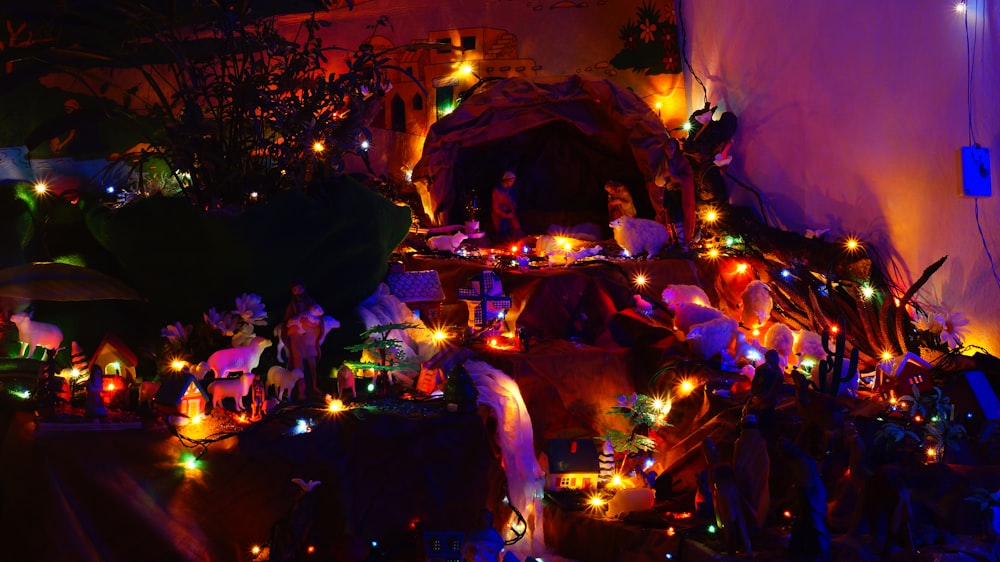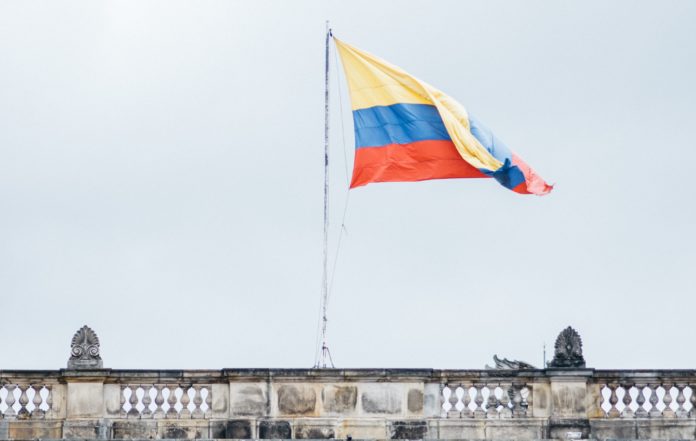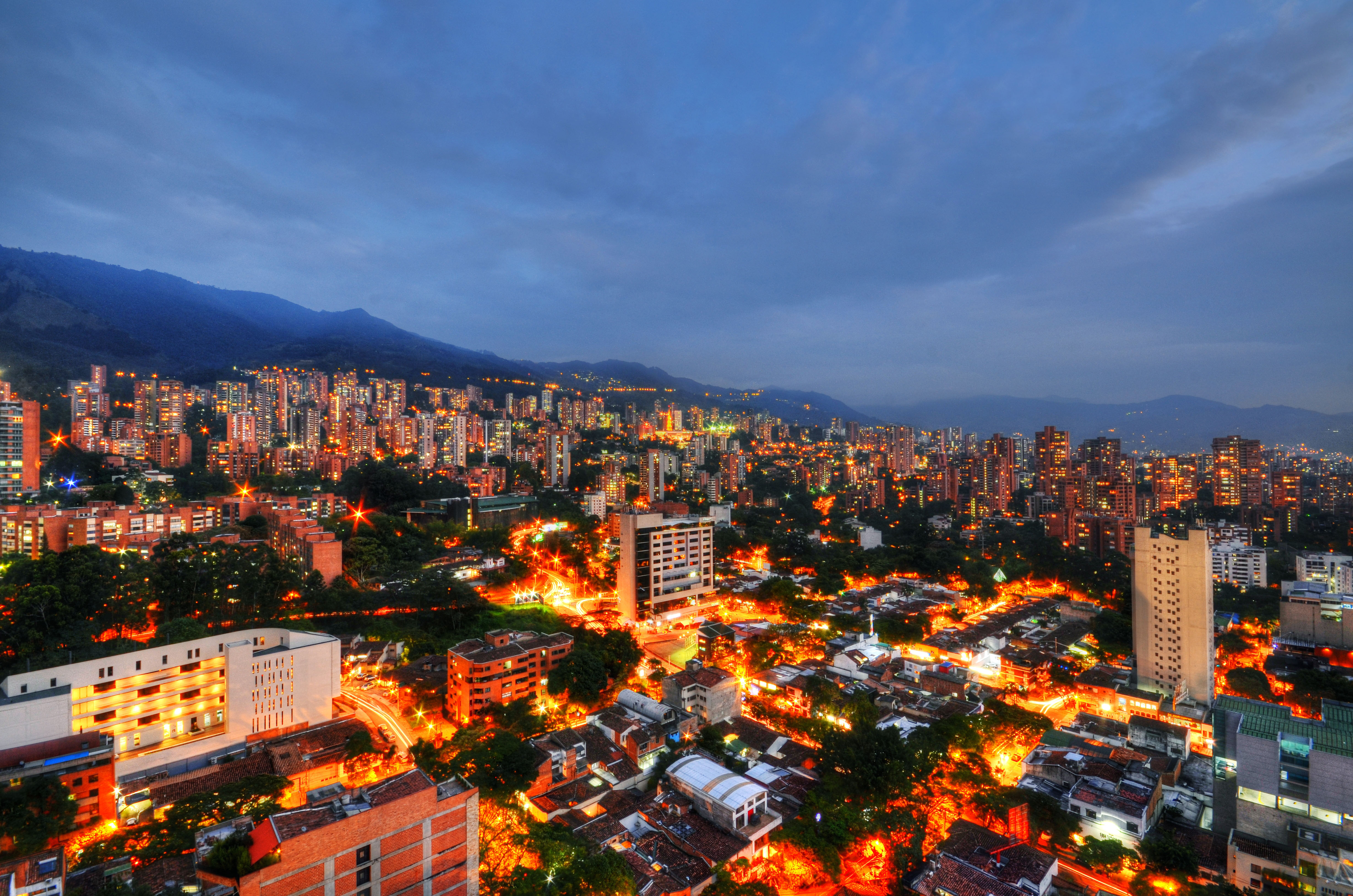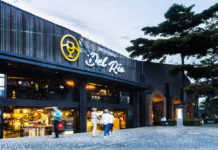Besides having a vibrant culture, incredible landscape, and friendly locals, Colombia also has the fourth-highest number of national holidays in the world. Boasting 18 extra days off work every year, Colombia is famous for its three-day weekends, often referred to as a festivo (festival) or puente (bridge). Because Colombia is a Catholic country, the majority of the holidays are for religious reasons, however, there are a few dates that reflect important events in Colombian history.
Here are all the public holidays in Colombia 2020, plus a little background and suggestions for what to do. Even though most of the days are originally for religious purposes, these days, people take the opportunity to leave the cities, visits fincas, travel, and have fun. In Medellín, pueblos like Jardín, Guatapé, Jericó, Santa Elena, and Santa Fe de Antioquia are popular on festivos.
When: January 1st
What: Año Nuevo (New Year’s Day)
Why: The first day of the New Year and an opportunity to recover from celebrating the night before…
Traditions: Eat caldo (a typical Colombian broth known to cure hangovers), continue the party at a local tienda or relax with friends and family in the house.
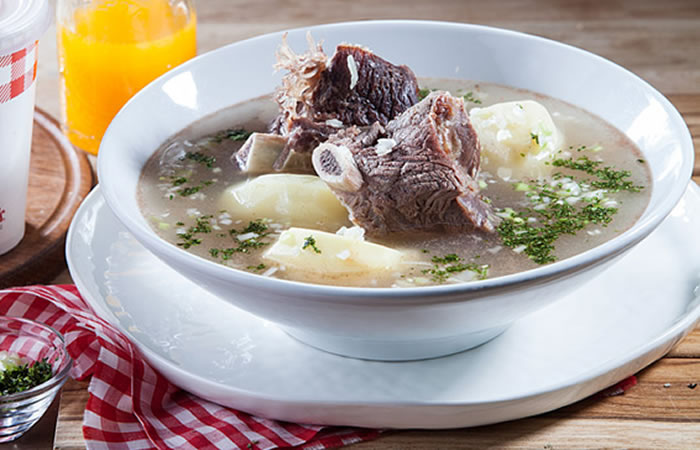
When: January 6th
What: Día de los Reyes Magos (Three Kings Day, also known as ‘Epiphany’)
Why: The final Christmas celebration in the Christian calendar, this day marks when the three Kings brought gifts to baby Jesus.
Traditions: The day is normally spent with family, attending a church service or recreating the scene of the kings’ arrival. In Bogotá, barrio Egipto holds an impressive community-wide re-enactment.
When: March 23rd
What: Día de San José (St. Joseph’s Day)
Why: A day to memorialize Joseph, Jesus’ father and husband to the Virgin Mary. There are also claims that the day is a recognition of all men in the Bible.
Traditions: Attend church and pass the day with extended family.
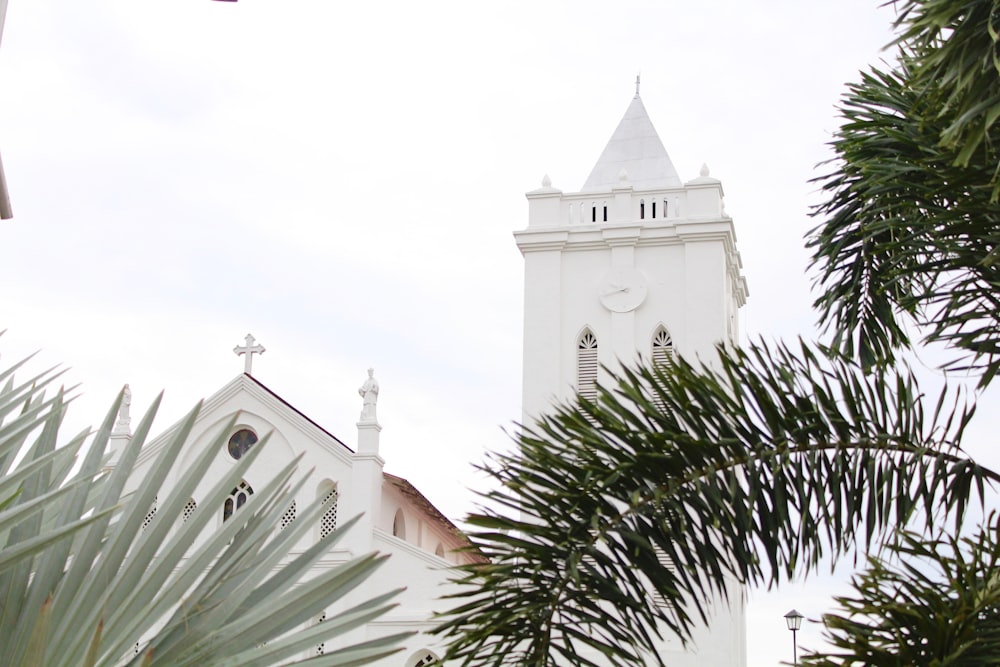
Note: April 5th – 11th is Holy Week (Semana Santa) in Colombia. While there are four official festivos during this time, schools/colleges and some companies take the full week off as vacation.
When: April 5th
What: Domingo de Ramos (Palm Sunday)
Why: Initiates the beginning of Holy Week and commemorates Jesus’ entry into Jerusalem, when the people laid palm branches down to create his path.
Traditions: Churches across the country hold masses and give out small palm branches. Small pueblos like Santa Fe de Antioquia and Mompox, and cities like Popayán and Tunja are famous for their Holy Week festivities. Street processions take place, decorations are hung, and special sweets are made over the seven days.
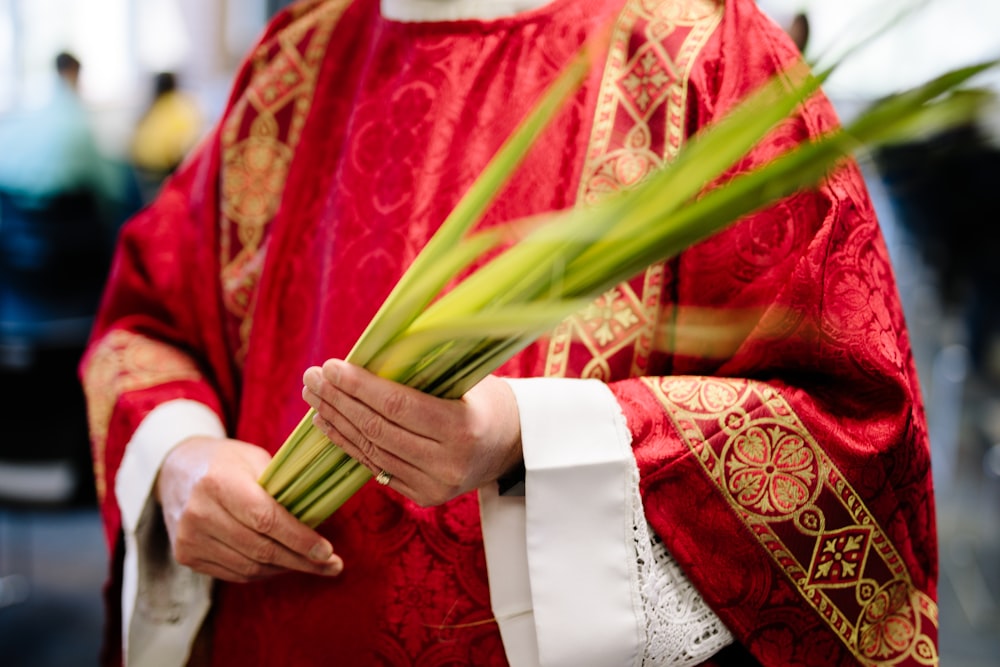
When: April 9th
What: Jueves Santo (Maundy Thursday)
Why: The fifth day of Holy Week, Maundy Thursday acknowledges the story of Jesus’ washing the disciples’ feet and holding the Last Supper before being sentenced to death.
Traditions: People visit churches or important religious sites on this day. Additionally, many Colombians take advantage of the long weekend and leave the big cities to visit pueblos, fincas or be with family abroad. Many shops and restaurants are closed during this period.
When: April 10th
What: Viernes Santo (Good Friday)
Why: Commemorates the crucifixion of Jesus at Calvary and is typically a day of mourning in Christianity.
Traditions: It’s traditional not to eat meat on Good Friday, so Colombians prepare Potaje de la Vigilia – a stew made of codfish, spinach, and chickpeas. The name translates to ‘fasting soup’.

When: April 12th
What: Domingo de Resurrección (Easter Sunday)
Why: One of the most important dates in Christianity, Easter Sunday is when Jesus was resurrected.
Traditions: Most people go to mass on this Sunday (even if they’re aren’t strictly religious) and spend the day with family, cooking a large meal. For something special, the Salt Cathedral of Zipaquira outside of Bogotá holds a mass in the incredible underground church.
When: May 1st
What: Día del Trabajo (International Workers’ Day)
Why: A day in recognition of laborers and the working class, Día del Trabajo stems back to socialist political parties in Chicago. In the US, the day is known as Labor Day, while the UK calls it May Day.
Traditions: No specific events occur on this day, but it is common that trade union rallies take place in Bogotá.
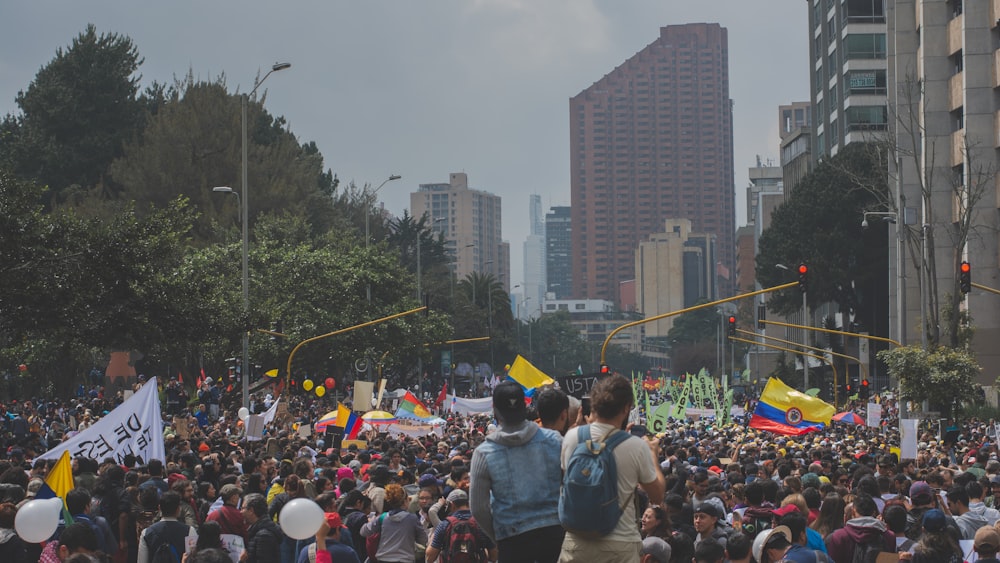
When: May 25th
What: Día de la Ascensción (Ascension Day)
Why: Another Christian festival, this day reflects on the bodily Ascension of Jesus into heaven.
Traditions: Similar to other festivos, the celebration takes place on the Monday after the actual date. And similar to other festivos, Colombians go to church and spend quality time with relatives.
When: June 15th
What: Corpus Christi
Why: A Christian observance that honors the Holy Eucharist; essentially the belief that the real body of Jesus Christ is in the wine and bread given during Communion.
Traditions: Attend mass and receive Communion. Afterward, cook with and relax with the family.
When: June 22nd
What: Sagrado Corazón (Sacred Heart)
Why: Sagrado Corazón is a day of devotion to God’s love for humanity, as symbolized by a representation of the physical heart of Jesus.
Traditions: Special church masses are held and families gather together.
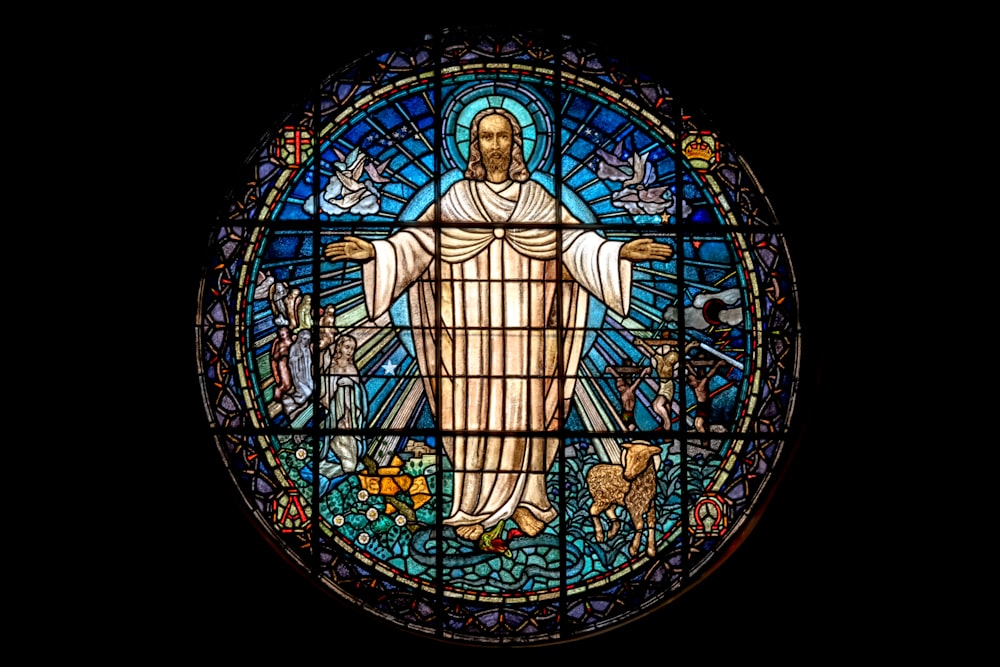
When: June 29th
What: San Pedro y San Pablo (Feast of Saints Peter and Paul)
Why: Honors the martyrdom of the apostles Saint Peter and Saint Paul, who were killed during the first persecution of Christians from 64 to 67 AD by Emperor Nero.
Traditions: Another festivo where locals attend a church service and eat with their loved ones.
When: July 20th
What: Independencia de Colombia (Colombian Independence Day)
Why: In 1810, the day when an uprising in Bogotá sparked Colombia’s move towards liberation from Spanish rule.
Traditions: Any form of partying. Parades and marches take place all over the country, sports games happen, and Colombian music plays until the early hours of the next day.
When: August 7th
What: Batalla de Boyacá (Colombian Independence Day)
Why: A poignant date in Colombia’s history, this battle in 1819 was when Simón Bolívar and his army successfully defeated the Spanish. After the battle, the Spanish fled Bogotá and retreated to the coast of Cartagena.
Traditions: Comparable to Independence Day in the USA, Colombian pride is at an all-time high on this day. Fireworks are set off, parades and marches take place across the country, and festivals/parties can be heard from every street.
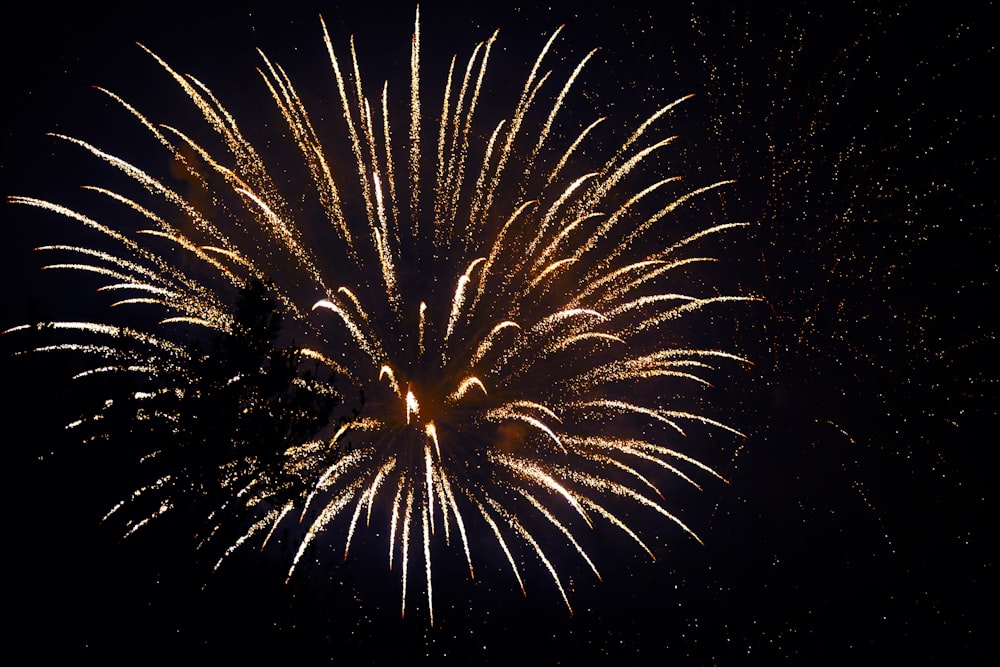
When: August 17th
What: La Asunción de la Virgen (Assumption of Mary)
Why: According to the Catholic church, the day when the body of the Virgin Mary was received into heaven.
Traditions: Processions sometimes happen in neighborhoods, where people walk through the streets carrying candles and a photo of the Virgin Mary.
When: October 12th
What: Día de la Raza (Columbus Day)
Why: Akin to Columbus Day in the US, Colombia and other countries in Latin America also celebrate Christopher Columbus’ discovery of the Americas in 1492.
Traditions: In Colombia, this day places a strong emphasis on cultural diversity. Music is played in the streets, people dance, stories are exchanged, and people celebrate their different histories and identities.
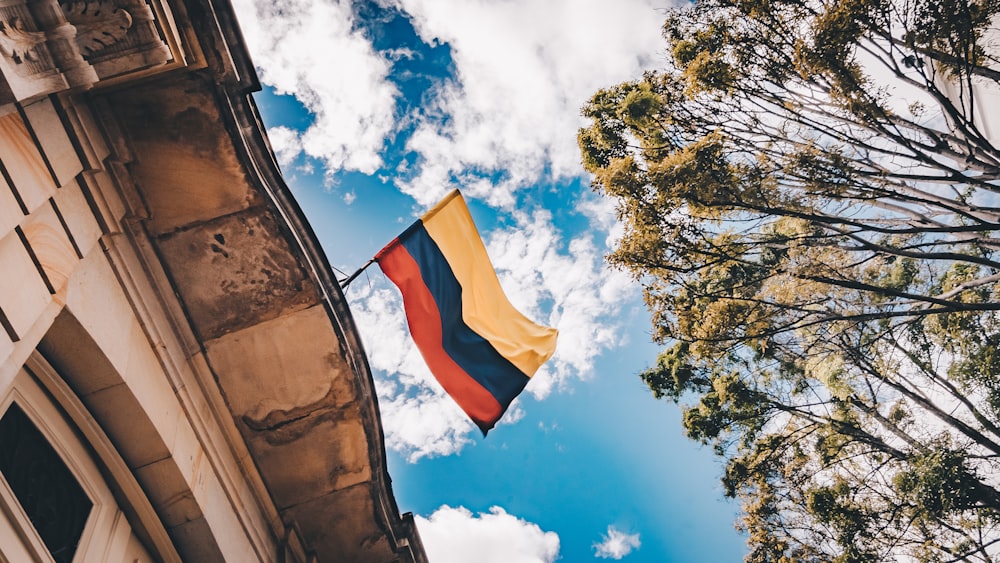
When: November 2nd
What: Día de los Santos (All Saints Day)
Why: A day to remember all saints – known and unknown – in Christianity.
Traditions: Besides from attending church, some people choose to visit cemeteries on this day, placing flowers or candles on graves, and saying prayers for people who have died.
When: November 16th
What: Independencia de Cartagena
Why: Cartagena became the first Colombian city to be liberated from Spanish rule in 1811. Although the actual date was November 11th, the holiday falls on the following Monday. Independence in Cartagena was gained after the Battle of Boyacá destabilized Spanish hold in Colombia.
Traditions: Cartagena is really the place to be for this festivo, when the city comes to life in a flurry of parties and street parades. Most of the festivities culminate at Plaza Trinidad – where Cartagena’s independence was declared.
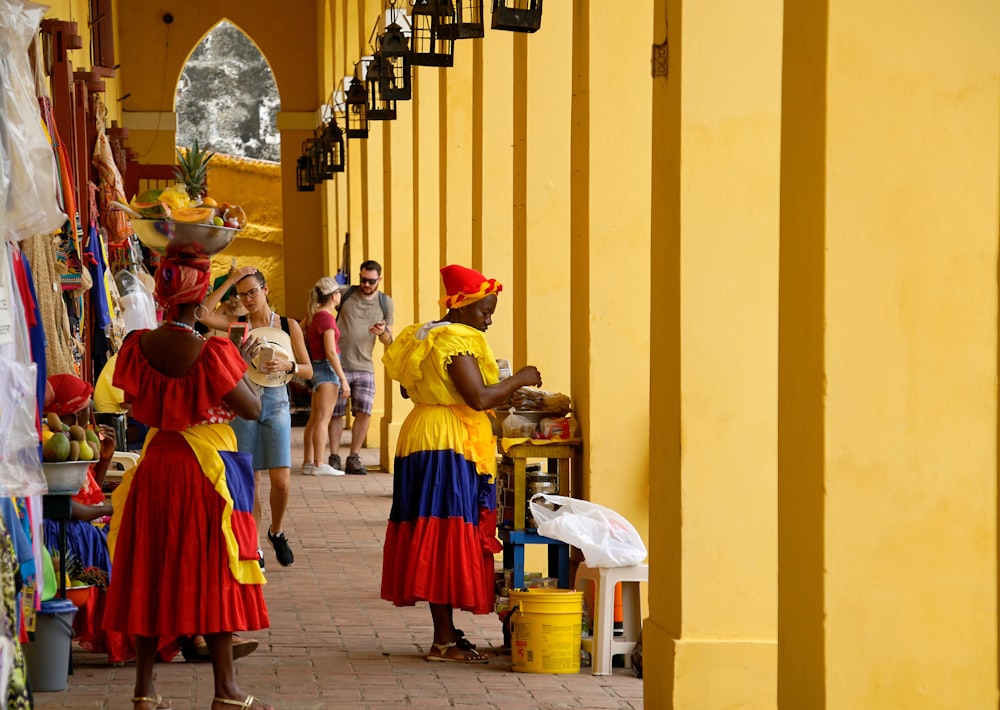
When: December 8th
What: Día de la Inmaculada Concepción (Feast of the Immaculate Conception)
Why: A religious day upholding the belief that the mother of the Virgin Mary became pregnant when God intervened and absolved her of original sin.
Traditions: This festive is somewhat overshadowed by the day before it – Día de las Velitas (Day of the Little Candles). On December 7th, people all over Colombia light candles and place them in the streets or the windows of their houses. Traditionally, the candles represented the Virgin Mary, however, these days, they’re more strongly associated with making a wish for the new year.
When: December 25th
What: Día de Navidad (Christmas Day)
Why: The day when Jesus was born to Mary and Joseph in Bethlehem.
Traditions: Colombians celebrate Christmas on the evening of December 24th. At midnight, most people go to church with their families, then share a meal together. They’ll also exchange gifts that Niño Jesús (baby Jesus) brings on the 24th. The 25th is reserved for a full day with relatives.
